Today, there is important news from the Middle East.
Here, following an intense initial phase marked by relentless exchanges of strikes targeting vital military and strategic sites, Iran and Israel have managed to secure a fragile ceasefire, with each side swiftly declaring itself victorious.

However, the current state of calm remains tenuous and highly volatile with both nations now facing critical choices, whether to pursue a sustainable peace or merely exploit this brief pause to replenish and reinforce their arsenals.

American President Donald Trump successfully brokered a ceasefire between Israel and Iran, marking a significant diplomatic breakthrough amid fierce initial tensions. Despite reciprocal strikes continuing even after the initial announcement, American diplomatic pressure, coupled with Trump’s personal involvement and explicit economic threats, eventually halted hostilities between the two countries.

The ceasefire reflects a strategic stalemate rather than a clear victory or defeat for either side. Israel undeniably dominated militarily, dismantling most of Iran’s air defense network and gaining almost total air superiority from western Iran to Tehran. In the opening hours of the conflict, extensive Israeli airstrikes and internal sabotage wiped out Iran’s key long and medium-range air defense assets, leaving Iranian airspace virtually defenseless. Israel’s aircraft operated freely, preemptively striking Iranian ballistic missile bases, collapsing their entrances and blocking the access to their own weapons, while also spotting and striking the launchers themselves as it takes several hours for the Iranian launchers to prepare for a strike. Consequently, although Iran retains tens of thousands of missiles, it rapidly lost the capability to launch meaningful large-scale attacks. Reduced to sporadic, limited missile strikes, Iran’s ability to respond with offensive strikes was effectively neutralized.

Politically, however, Iran emerged from the conflict holding an important symbolic victory. Despite sustaining extensive infrastructure damage, losing vital military assets, and suffering heavy casualties among its elite commanders, the Iranian government managed to survive. The deaths of key military figures initially threatened significant disruption to Tehran’s strategic and operational capacities; however new leaders were quickly promoted, and one brigadier general, Esmail Qaani, recently appeared in public after being thought to have been eliminated during a strike. Moreover, Iran’s critical nuclear facilities, pivotal for its geopolitical ambitions, were heavily targeted and partially incapacitated by precise Israeli airstrikes. Yet reportedly, Tehran demonstrated strategic foresight by safeguarding substantial portions of its enriched uranium reserves, relocating them away from known nuclear installations prior to the strikes, thereby preserving crucial elements of its nuclear program. Still, many analysts agree that Iran suffered significant damage to their nuclear efforts, and while not having been destroyed completely, they have been delayed by months or years.

Iran now frames the ceasefire as a victory of endurance; however by agreeing to a ceasefire before the strikes reached deeper into critical command and control structures, or completely destroyed their military and nuclear capabilities, Iran merely avoided an existential crisis and crushing defeat.

Regardless, the ceasefire gives the regime а pause to regroup, rebuild, and reorganize its military assets, attempting to close weaknesses that Israel exploited to militarily gain the upper hand. Missile bases damaged by Israeli strikes, especially those blocked by bombed tunnel entrances, will be repaired over time.

Nevertheless, without a functional air defense system, Iran remains highly vulnerable to renewed Israeli attacks. Recognizing this, Tehran urgently seeks guarantees to ensure the ceasefire isn’t one-sided; however by suspending cooperation with the International Atomic Energy Agency, tasked with monitoring nuclear activity in any country possessing such facilities, many analysts fear what Iran may do to protect itself.

The ceasefire also allows Israel time to rearm and enhance its offensive and defensive capabilities. Israeli leaders likely aim to use this period to prepare themselves much better to Iranian ballistic strikes, and fill up the depleted air defense missile stockpiles. The total estimated cost for Israel has been around 1.5 billion dollars just for the interceptor missiles alone, not counting additional munitions and the cost of sustained air operations, underscoring the economic strain of maintaining air superiority in such a high-intensity conflict, with an enemy that has tens of thousands of missiles.

Overall, despite both countries publicly declaring victory, this ceasefire highlights significant weaknesses. Israel’s air defense stockpiles are depleted, while Iran’s air defenses and many of its offensive capabilities have been effectively neutralized.

The 12-day conflict underscored vulnerabilities that both sides must now address. While immediate hostilities are paused, underlying tensions remain volatile, and without significant diplomatic breakthroughs, renewed escalation remains possible. Both Israel and Iran will use this fragile ceasefire strategically, reinforcing their respective weaknesses and preparing carefully for any subsequent confrontation.










.jpg)
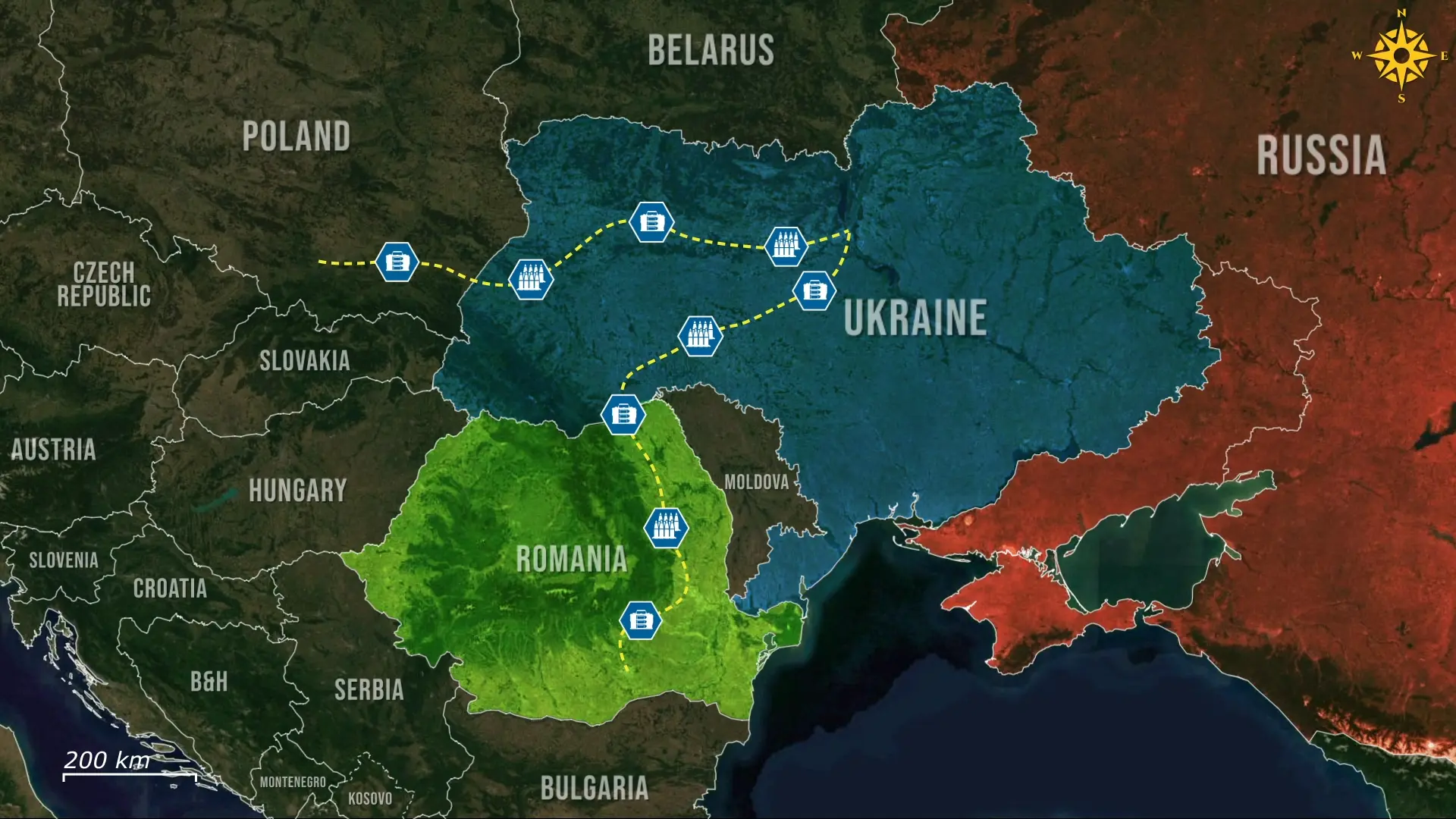
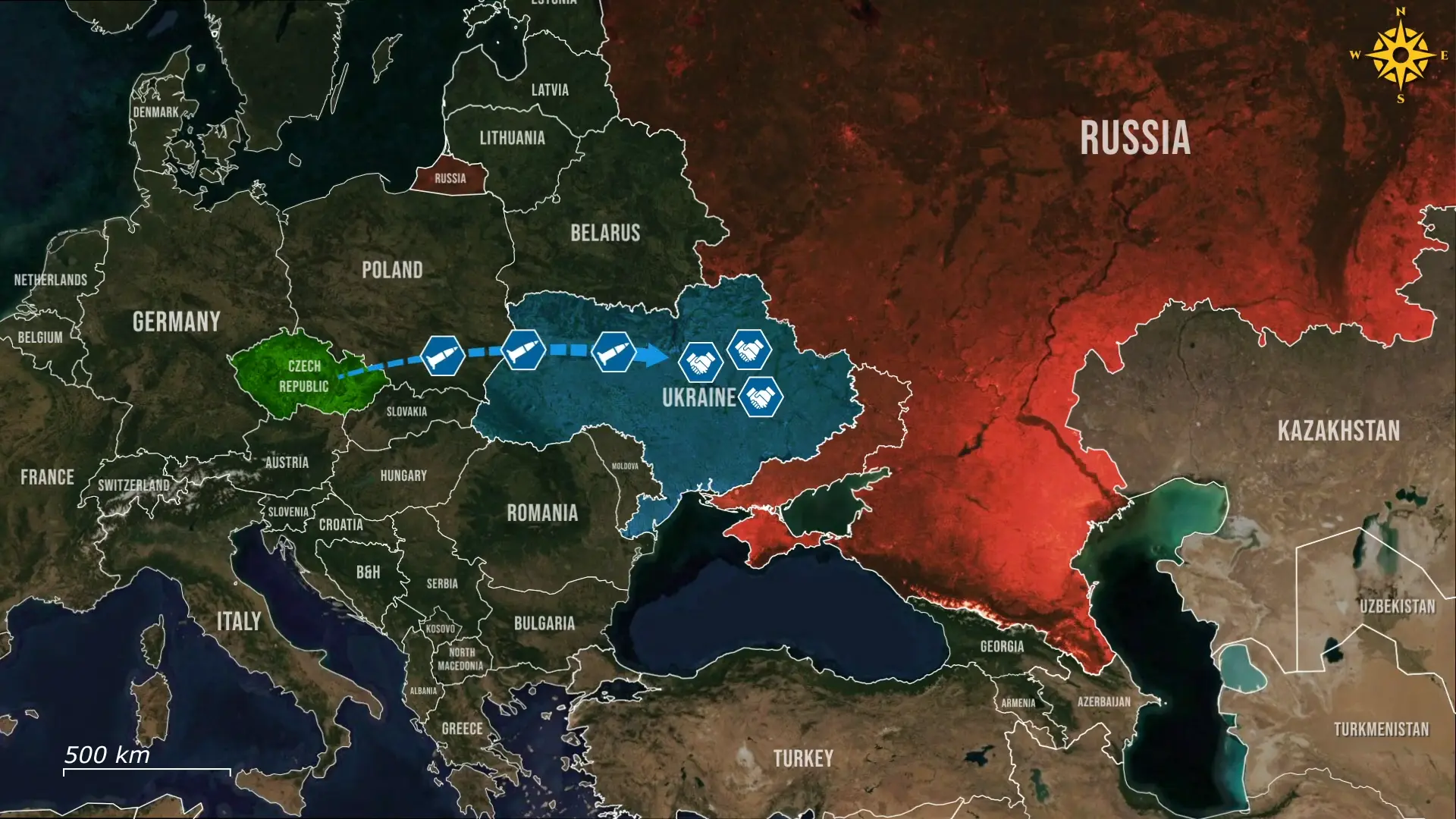
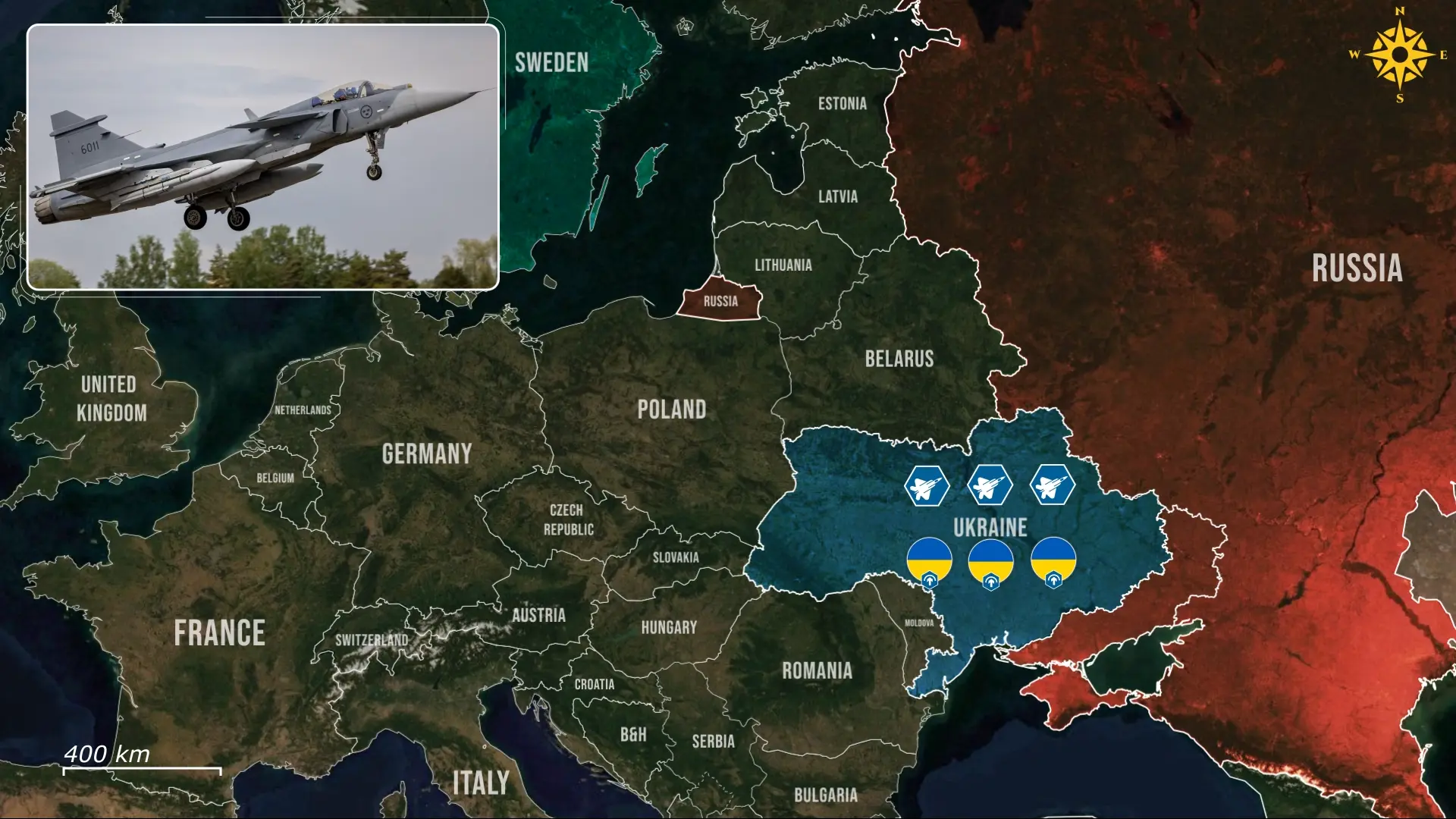
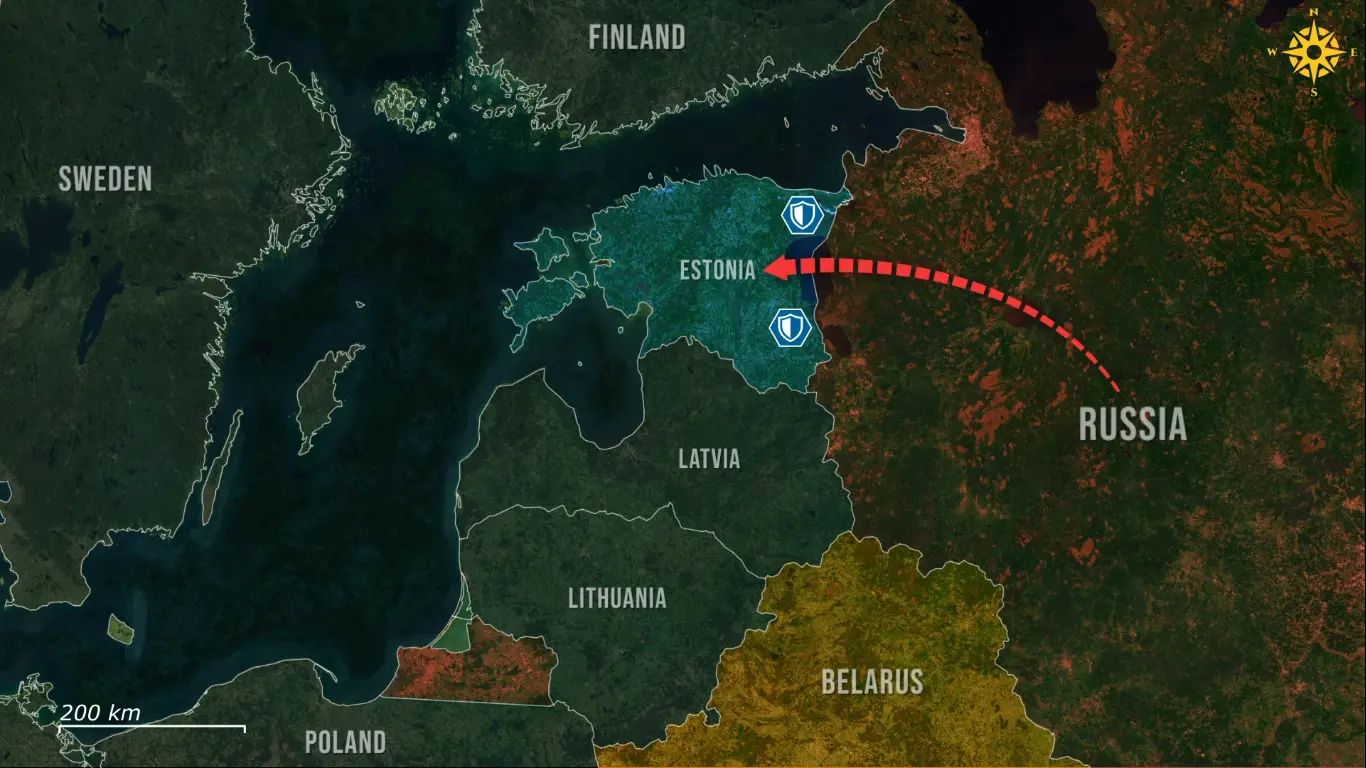
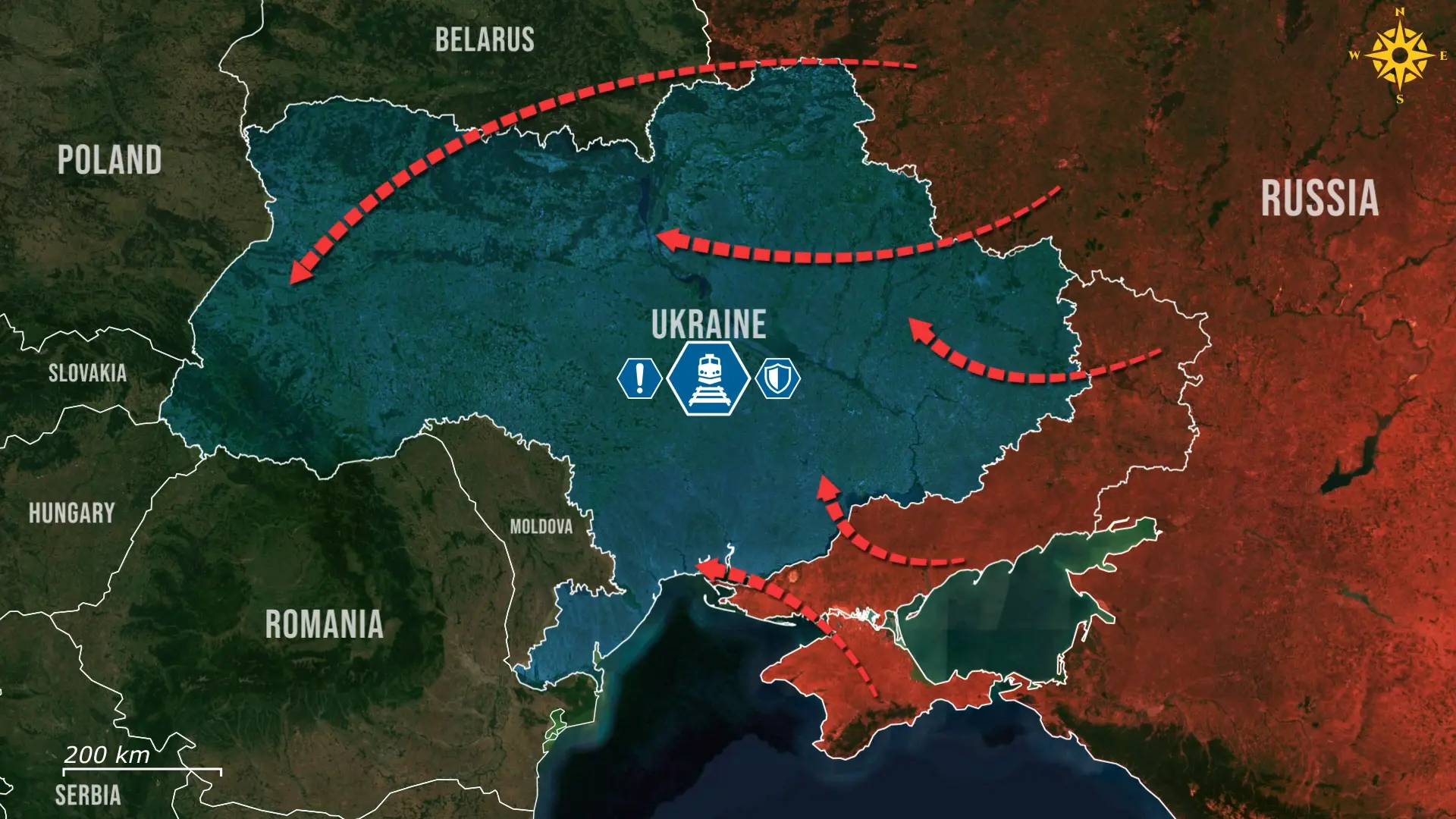
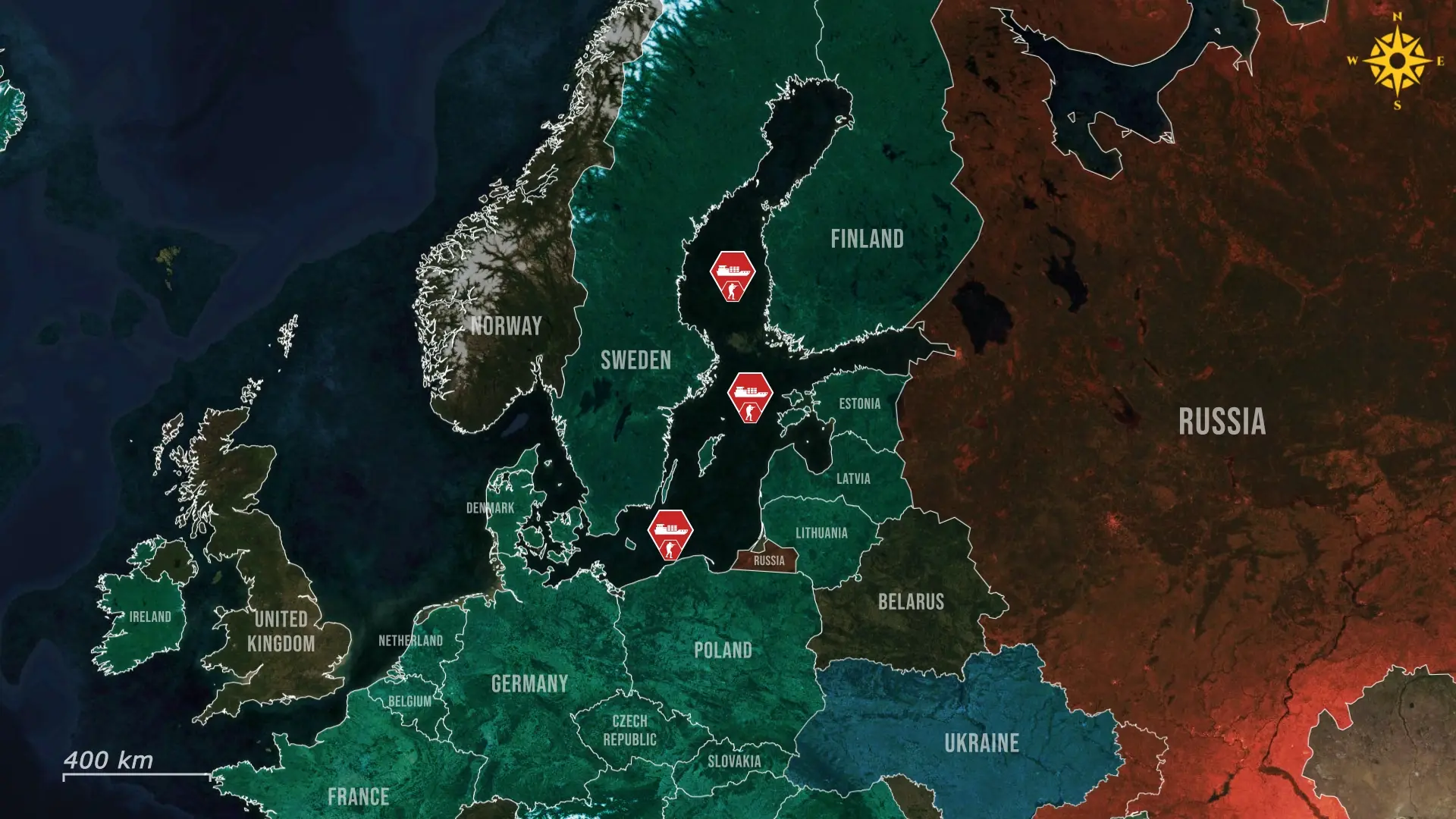
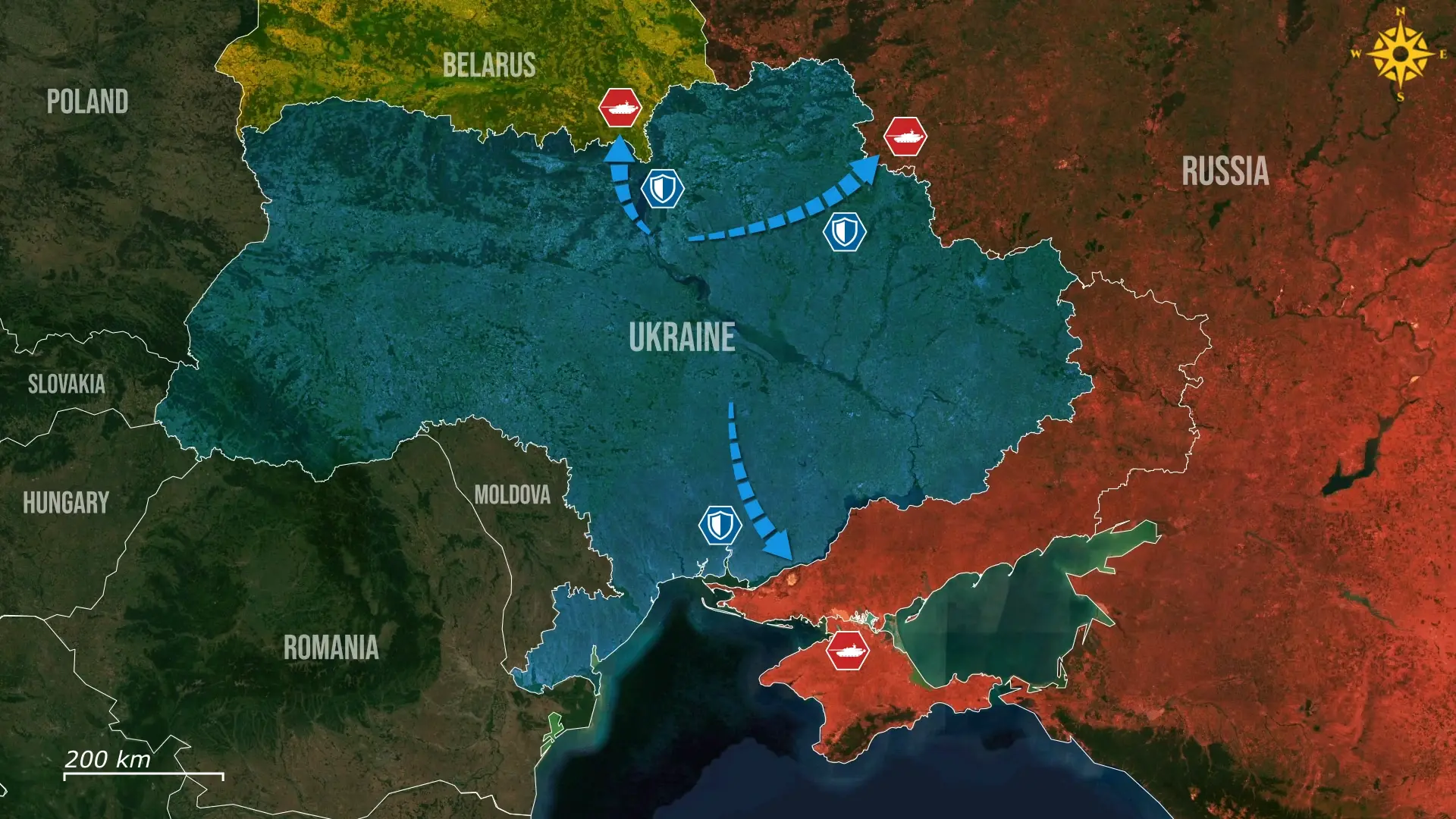
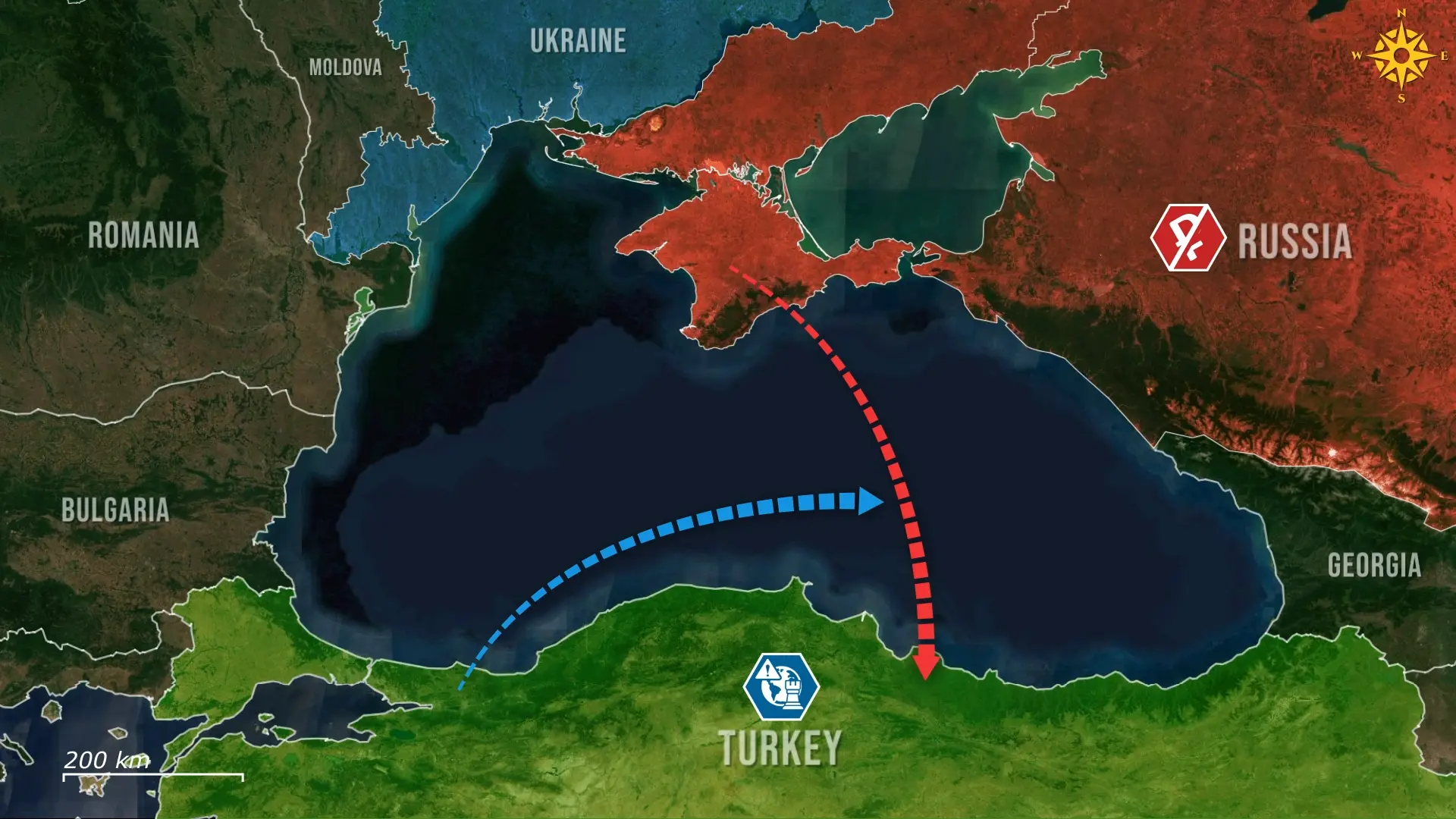
Comments